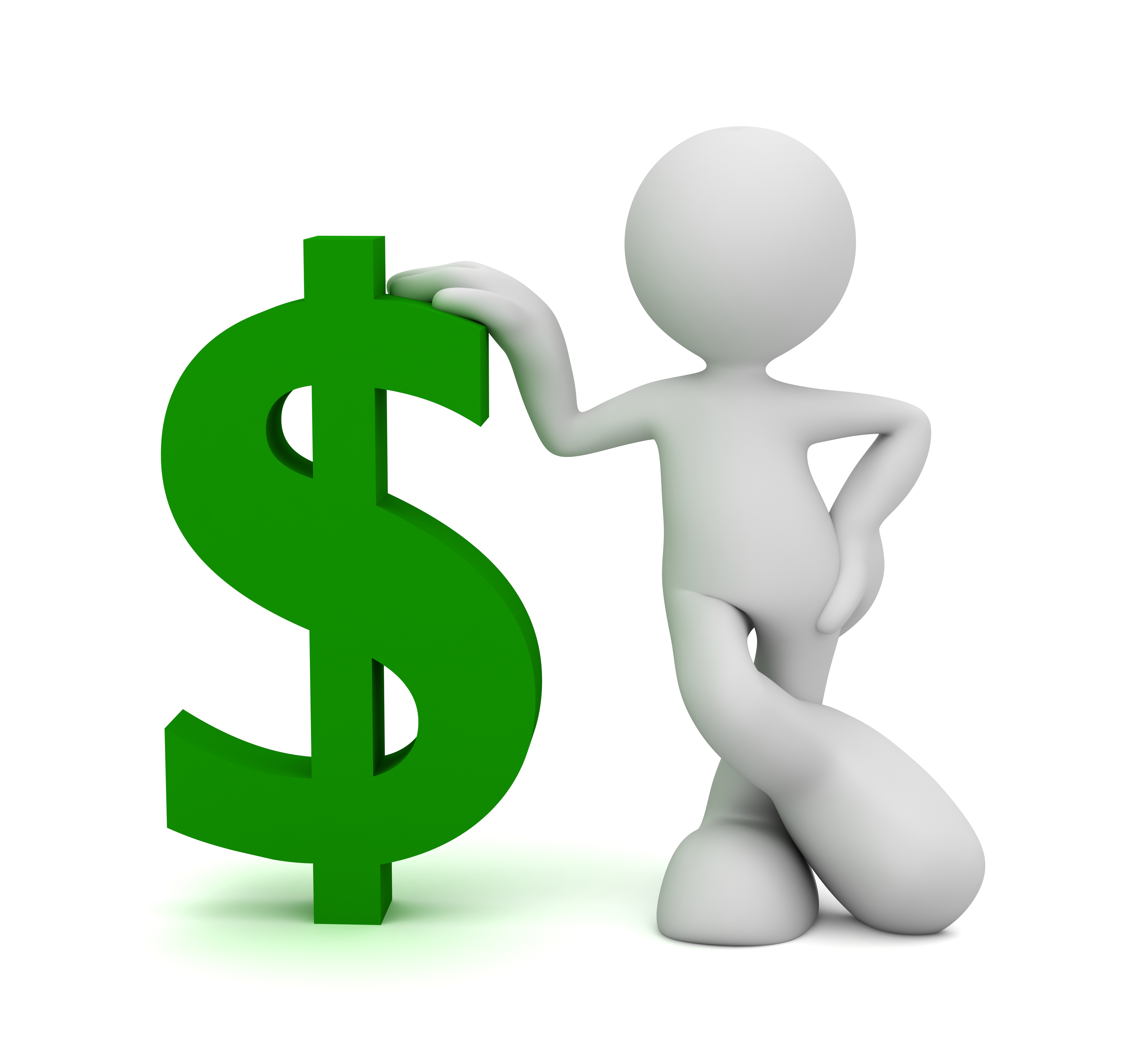Fx Swap Vs Forward Contract
Nominal amount outstanding of OTC interest rate swaps according to the latest statistics. • The main difference between these two derivatives is that swaps lead to a certain number of payments in the future, while the futures contract leads to a future payment. The NDF market exists for countries with markets in economic development where their currency cannot be freely converted and is generally quoted against the US dollar. As with forward swaps, the cost of an NDF corresponds to the interest rate differential between the two currencies. An NDF is traded at a given time at an agreed forward rate for a fixed amount of the non-convertible currency. At maturity, an agreed reference rate is compared to the NDF rate and the difference is paid in the convertible currency on the value date. Note that there is no exchange of capital. Some companies have a comparative advantage in acquiring certain types of financing. However, this comparative advantage may not be intended for the type of financing desired.
In this case, the company can buy the financing for which it has a comparative advantage and then use a swap to convert it into the type of financing it wants. Imagine, for example, a well-known American company looking to expand its business in Europe, where it is less well known. It is likely to obtain more favourable financing terms in the United States. By using a cross-currency swap, the company receives the euros it needs to finance its expansion. Sometimes one of the parties to the exchange must exit the swap before the agreed termination date. This is similar to an investor who sells exchange-traded futures or options contracts before they expire. There are four ways to do this: Conceptually, you can think of a swap either as a portfolio of futures or as a long position in one bond in conjunction with a short position on another bond. This article discusses the two most common and basic types of swaps: the regular vanilla interest rate and currency swaps. The LIBOR or London Interbank Offer Rate is the interest rate that London banks offer on other banks` deposits in the Eurodollar markets. The interest rate swap market often (but not always) uses LIBOR as the basis for the variable interest rate. For the sake of simplicity, let`s assume that the two parties exchange payments each year on December 31, starting in 2007 and ending in 2011. 1.
Redemption by consideration: Just like an option or futures contract, a swap has a calculable market value, so one party can terminate the contract by paying that market value to the other. However, this is not an automatic feature, so it must be defined in advance in the swap agreement or the party wishing to leave must obtain the consent of the counterparty. 3. Sell the swap to another person: Since swaps have a calculable value, a party can sell the contract to a third party. As with strategy 1, this requires the counterparty`s authorization. Derivatives are special financial instruments that derive their value from one or more underlying assets. Changes in the value of the underlying assets affect how the derivative is used. Derivatives are used for hedging and speculation purposes. The following article takes a closer look at two types of derivatives, swaps and futures, and clearly highlights how each type of derivative differs and is similar to each other. Once a foreign exchange transaction is settled, the holder ends up with a positive (or “long”) position in one currency and a negative (or “short”) position in another.
In order to collect or pay daily daily interest on these foreign balances, the institutions will close all foreign balances at the end of each day and reinstate them for the next day. To do this, they usually use “tom-next” swaps, buy (or sell) a foreign amount that settles tomorrow, and then do the opposite by selling (or buying) it as closely as possible. A foreign exchange swap has two legs – a spot trade and a forward trade – that are executed simultaneously for the same amount and therefore balance each other. Currency futures transactions occur when both companies have one currency that requires the other. It avoids a negative currency risk for both parties. [3] Spot foreign exchange transactions are similar to forward foreign exchange transactions in terms of agreement; However, they are scheduled for a specific date in the near future, usually in the same week. Unlike a spot transaction, where the value of one currency is traded against another, the futures swap market is essentially an interest rate market that is traded in forward swap points, which represent the difference in interest rates between two currencies from one value date to another and also indicate the difference between the spot rate and the forward rate. A swap transaction consists of two parts: a spot transaction and a forward transaction, which are executed simultaneously for the same amount. Swap points indicate the difference between spot and forward rates.
The physical transfer of the capital takes place on the days of settlement. .
